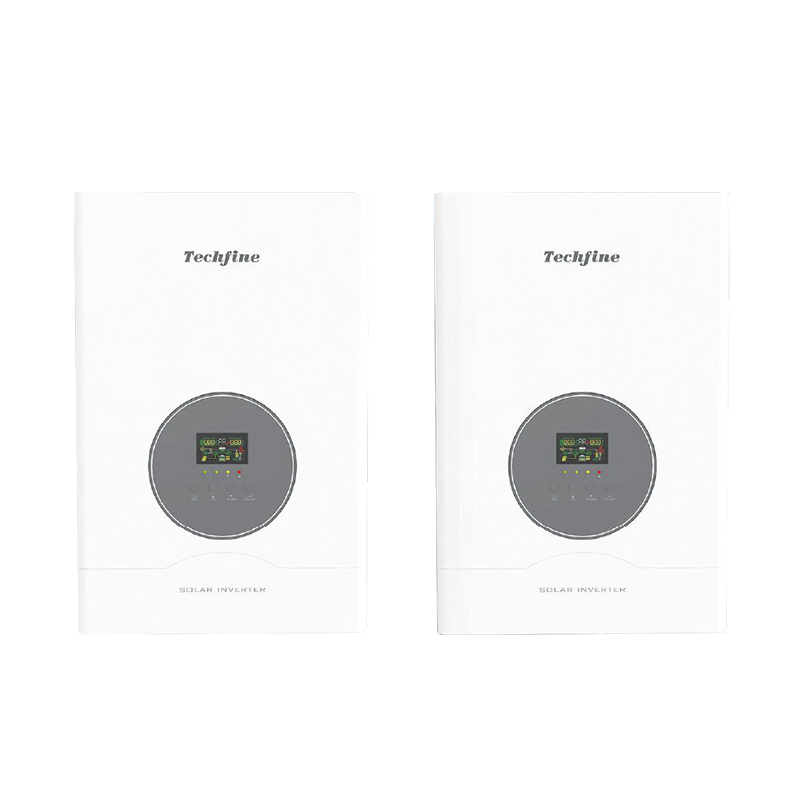
-
[email protected]

-
Building 1, No. 21 Shengfa Road, Lucheng District, Wenzhou, Zhejiang, China



Battery inverters have become essential components for both off-grid and on-grid systems. These devices play a crucial role in converting stored electrical energy from batteries into usable AC power, ensuring a reliable and efficient energy supply.
Off-grid battery inverters are designed to provide power in locations where there is no access to the electrical grid. These systems are commonly used in remote areas, rural homes, and off-grid communities. The primary function of an off-grid inverter is to convert DC power stored in batteries into AC power, which can be used to operate household appliances and devices.

One of the key advantages of off-grid systems is their independence from the grid. This means that users are not affected by power outages or fluctuations in grid electricity prices. Instead, they rely on renewable energy sources such as solar panels or wind turbines to charge their batteries. Off-grid inverters are typically equipped with advanced features to manage battery health, ensuring long-term reliability and efficiency.
Off-grid systems often include energy management systems that optimize the use of stored energy. These systems can automatically switch between different power sources, such as solar, wind, or backup generators, to ensure a continuous supply of electricity. This flexibility makes off-grid systems highly resilient, capable of providing power even in challenging conditions.
On-grid battery inverters, also known as grid-tied inverters, are designed to work in conjunction with the electrical grid. These systems are ideal for homes and businesses that want to integrate renewable energy sources while still being connected to the grid. The primary function of an on-grid inverter is to convert DC power from batteries or renewable sources into AC power that can be fed back into the grid or used locally.
One of the main benefits of on-grid systems is their ability to provide backup power during grid outages. When the grid goes down, the inverter can automatically switch to battery power, ensuring that essential appliances and devices remain operational. This feature is particularly valuable in areas prone to power outages or bad weather conditions.
On-grid inverters also offer the advantage of net metering, where excess power generated by renewable sources can be fed back into the grid. This not only reduces electricity bills but can also generate credits or payments from utility companies. On-grid systems are designed to be highly efficient, ensuring that the big amount of energy is converted and utilized.
Many modern energy systems combine the benefits of off-grid and on-grid inverters in hybrid configurations. These systems offer the independence and reliability of off-grid setups while still allowing for integration with the grid. Hybrid inverters can switch seamlessly between different power sources, optimizing energy use and ensuring a continuous supply of electricity.
Hybrid systems are particularly useful for locations with inconsistent grid reliability or high electricity costs. They can store excess energy generated by renewable sources in batteries, providing a reliable backup during outages or periods of high demand. Hybrid inverters are also equipped with advanced energy management systems that can optimize the use of stored energy, reducing reliance on grid power and lowering overall energy costs.
Off-grid and on-grid battery inverters are essential components in modern energy systems, offering unique benefits for different applications. Off-grid inverters provide independence and reliability, making them ideal for remote locations and areas with unreliable grid access. On-grid inverters offer integration with the grid, providing backup power and the ability to sell excess energy back to utility companies. Hybrid systems combine the good of both worlds, offering flexibility and resilience.
Your email address will not be published. Required field are marked*
